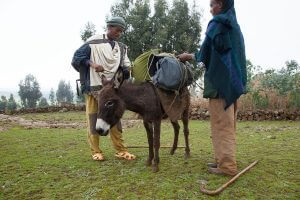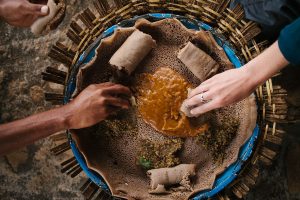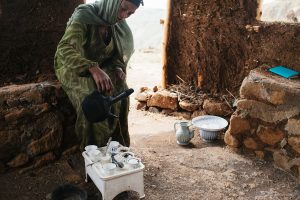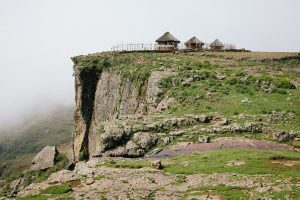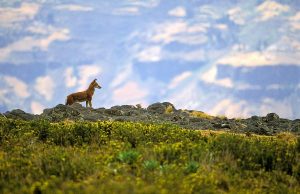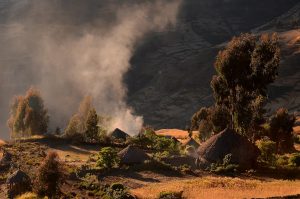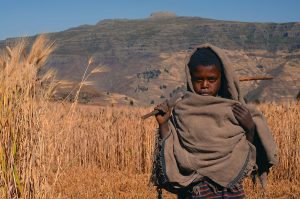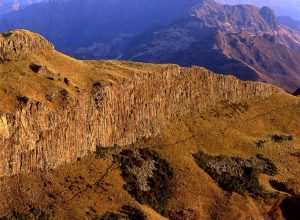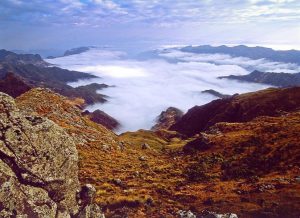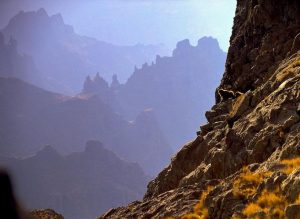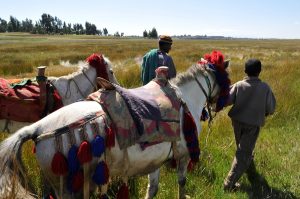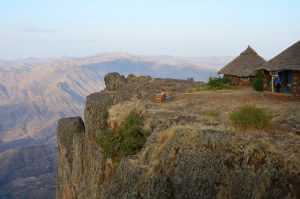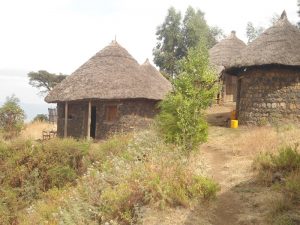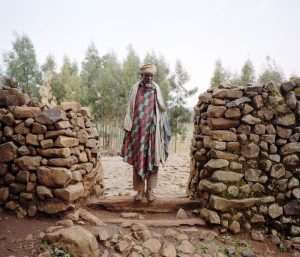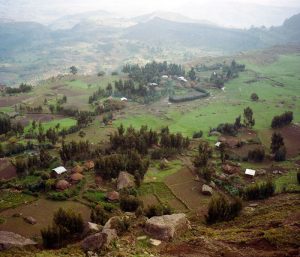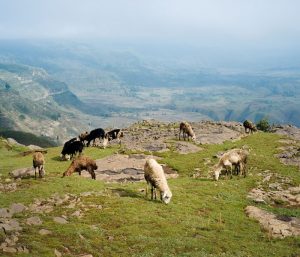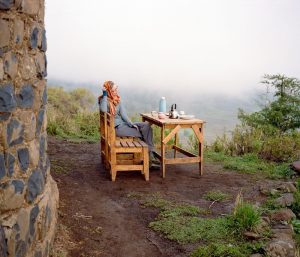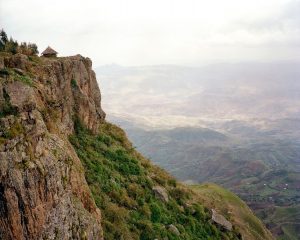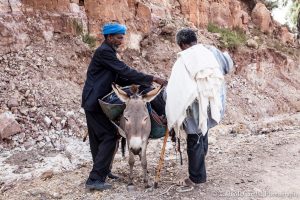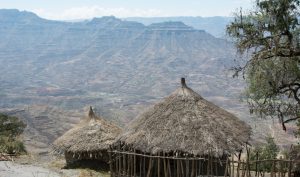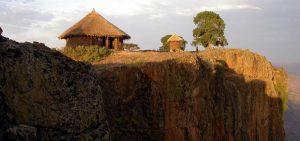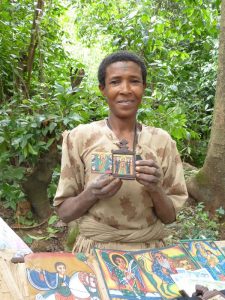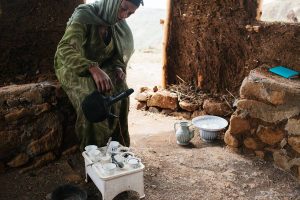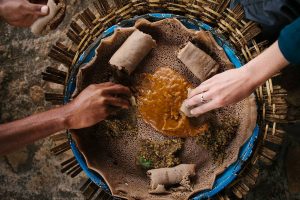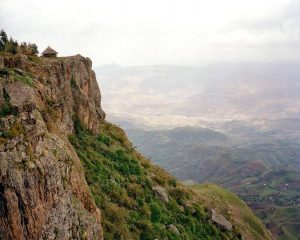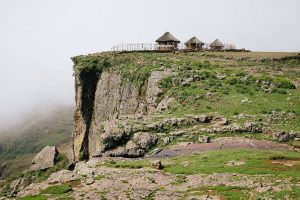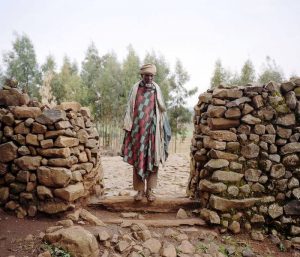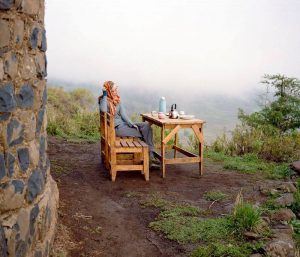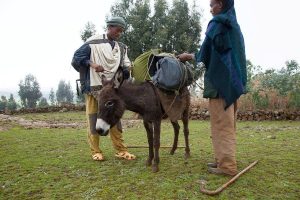Information
The sites are part of wholly community owned enterprises, run for and by the local community in which they are situated. Environmental considerations are an integral part of the enterprises.
Ecotourism is a fundamental part of the project.
– Numbers of tourists per site will be limited to 8 – 14
– Eco-toilet (dry composting urine separating toilet)
– Water available for washing, but tourists made aware of limited resource
– Shower — (sun heated water) water diverted to promote tree growth (not all sites have shower facilities – we are working on this).
– Indigenous tree planting
– Protecting cliff faces with terracing
– Encouraging local community to see flora and fauna as a resource to protect
The tourism generates incomes for some community members and the profit goes in to a fund for the whole community. The communities have received training on management and running of a business as part of the setting up process. They also gain confidence from running the community tourism to work together for joint benefit.
The communities are your hosts. Fifty-five percent of your payment goes directly to them(48% to the hosting communities and 7% to the community that provides lunch), twenty five percent goes to the guides and their business (which supports the community run trekking sites) and twenty percent goes to cover marketing costs and coordinate the bookings.
Plan your trip
Getting By plane
Ethiopian Airlines has scheduled two flights a day to Lalibela Airport. Flights are often overbooked: make sure you reconfirm your seat at least 1 day in advance and show up at the airport on time! The airport is mid-sized.
By car
The road to Lalibela is fine until you get to the village of Gashena, the last 1-2 hours consists of a small and unreliable road which is partly made of tarmac and partly sand. From Bahir Dar the drive takes about 7-8 hours and from Gondar about 10-11 hours. It is possible to rent you 4WD or minibus .
Climate
Ethiopia maybe in Africa but it is sometimes cold in the highlands (our sites range from 2,600 – 3,000 meters above sea level). Generally the sun is warm and the air is cool. Sometimes it rains, especially in the main rainy season-a veritable monsoon-between July and September. During this season the tourist sites are closed: the mud makes walking unpleasant even if it is not raining – believe me! There is a short rainy season, important to the farmers, with sporadic rain (often late in the afternoon and at night) between February and April. Sometimes the short rains come late and merge into the main rains with May and June wet. All part of global changes in weather patterns perhaps!
Best time to Visit: September — June
What to bring
Clothing
Light clothes are best for trekking, but remember it cools down in the shade so a thin long sleeved top or fleece is good to carry in the day pack. It will get cold at night, especially if there is a wind and so a jacket will be nice to put on top. Also remember that Highland Ethiopians are conservative people, and if you are going into churches and their compounds, respectful clothing should be warn, covering your body to include at least shoulders and thighs.
Sun
The sun is also strong at altitude and so a good sunhat and sun cream are important. The air is dry too so lips often need lip-balm, and moisturising cream is a good idea.
Bedding
The communities provide freshly laundered and aired bedding for the lodges. However if you feel the cold you could bring a sleeping bag.
Water
All community sites will sell clean bottled water, as do shops in even small towns. Drink plenty.
Amenities
All sites have a toilet (composting, urine separating toilet) and some have a shower (water warmed by sun only, but wonderful after a long walk). In addition to the sleeping rooms (we call the local style buildings ‘tukuls’) there is a restaurant tukul.
Walking
Most of the walking is on the flat or with short or gentle gradients, but some walks do take all day (with stops). For those unsure of wanting to walk all day, horses can be hired. These will be tough local ponies, but not really suitable for heavy people (over 80kgs) and not comfortable for those with long legs .
Your Luggage
Porters and donkeys/mules will be on hand to move your belongings from where you are dropped by car to each site and on to the rendezvous with the car. However please keep the amount to a reasonable limit (1 bag each), and please if possible pack in soft bags.
Health
There is no malaria at the Meket sites, being 1,000 meters above the 1,800 limit of the malarial mosquito. Although not as high, Lalibela, Gondar and Axum are also above the malarial cut-off point. More likely to be a problem are tummy bugs, often just from unfamiliar food. Some precautions are worth taking. A basic medical kit is available in Meket and local clinics sell many items (paracetamol, plasters etc cheaply) however it may be a good idea to bring some medicines such as Imodium in case of a tummy upset.


